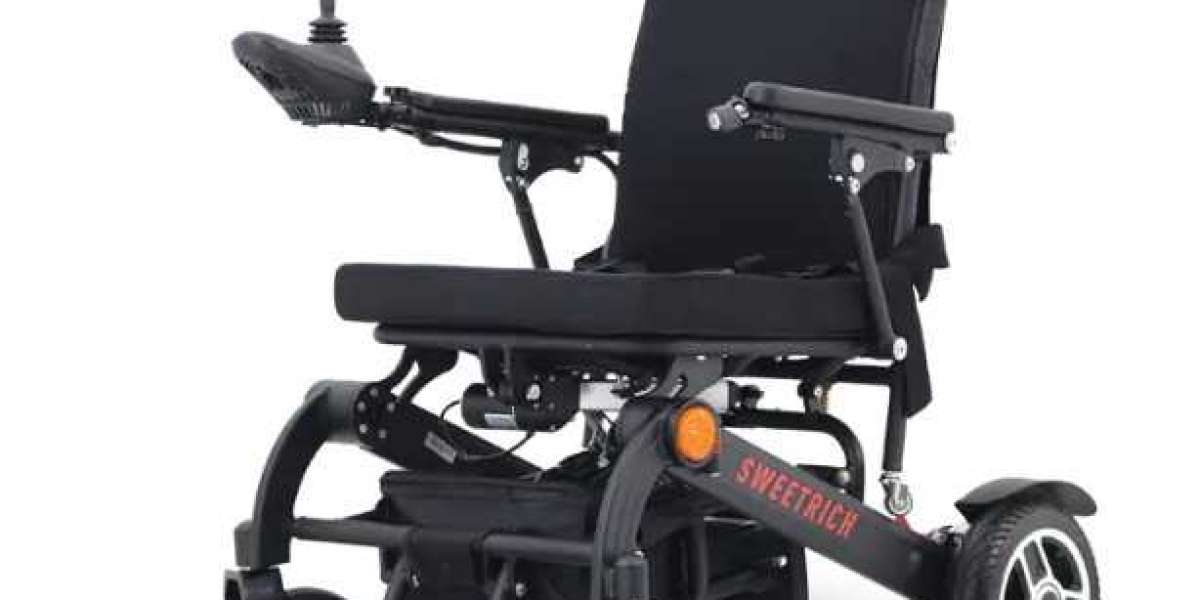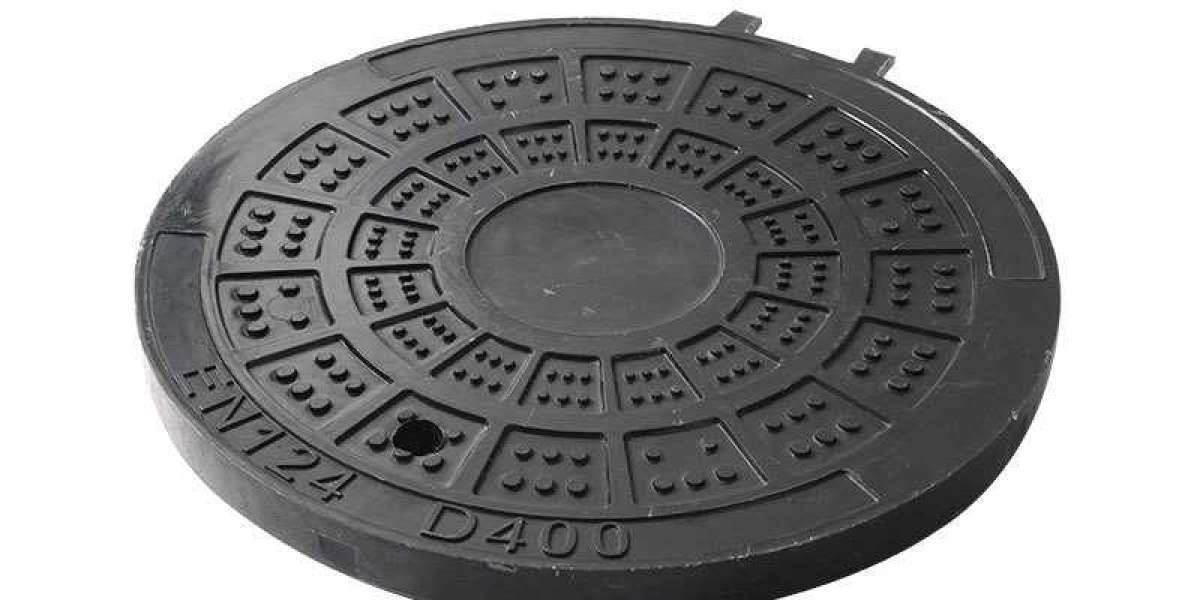The choice of tires for electric wheelchairs has an important impact on stability and durability. The tire is the only part of the electric wheelchair that contacts the ground, so it directly affects the wheelchair's handling performance, comfort, and service life. Here are a few key factors that affect how tire selection affects stability and durability:
1. Choice of tire type
Electric wheelchair tires are generally divided into two types: pneumatic tires and solid tires. Pneumatic tires provide better comfort and shock absorption, especially suitable for use on uneven ground. Pneumatic tires can absorb the vibration caused by uneven road surfaces, giving users a smoother riding experience, especially when driving outdoors or on rough ground. However, pneumatic tires may experience blowouts or air leaks, resulting in more maintenance work and a relatively short service life.
In contrast, solid tires (such as foam tires or rubber tires) are not filled with air, so they are not prone to blowouts and have stronger durability. They are suitable for long-term use on relatively flat ground, but may lack the comfortable shock absorption effect of pneumatic tires, resulting in poor stability when driving on uneven ground. The disadvantage of solid tires is that, although they are not easy to wear, their durability may be affected if they encounter extreme terrain or are used in inappropriate environments for a long time.
2. Tire hardness and traction
The hardness of the tire directly affects the stability and durability of the wheelchair. Softer tires provide better grip and traction, especially on wet or soft surfaces, which can prevent slipping and improve the stability and safety of the wheelchair. However, soft tires may wear faster and shorten their durability in long-term use.
Hard tires are suitable for use on flat roads and provide lower rolling resistance, thereby increasing the endurance of the wheelchair. However, hard tires have weak traction and may slip easily on wet roads, affecting the stability of use. Hard tires are generally more durable and suitable for long-term use, but they are less comfortable and less adaptable to the ground.
3. Tire size and width
The size and width of the tire also have an important impact on the stability and durability of the electric wheelchair. Wide tires can disperse the weight of the wheelchair and reduce the pressure on each tire, thereby improving durability and reducing wear on the ground. At the same time, wide tires can provide better stability, especially on uneven roads, which can effectively reduce the risk of rollover or tilt.
However, tires that are too wide may increase friction, reduce endurance, and are not flexible enough when operating in narrow spaces. Moderate tire width can find a balance between stability and efficiency and is suitable for most users.
4. Tire material
The material of the tire also has an important impact on durability and comfort. High-quality rubber materials can enhance the wear resistance of the tire, extend its service life, and provide better shock absorption. High-quality tire materials can usually effectively reduce the heat accumulation caused by friction and avoid deformation or damage caused by overheating.














